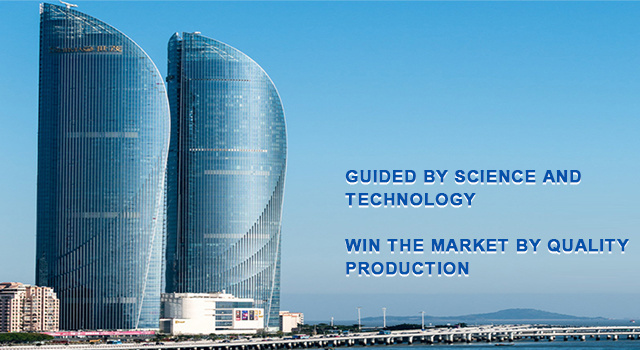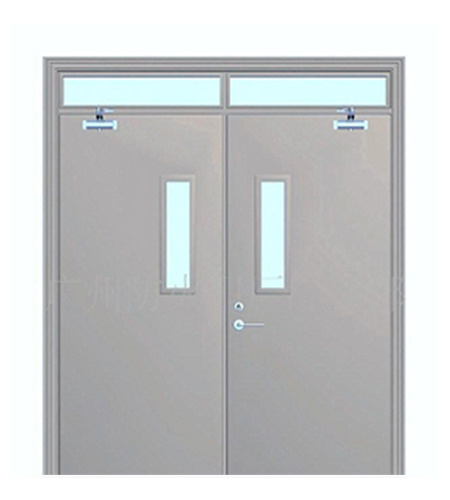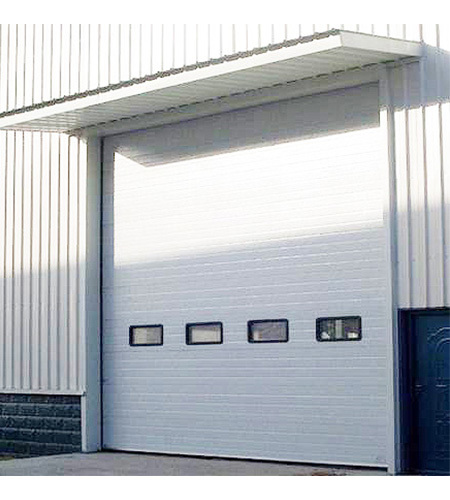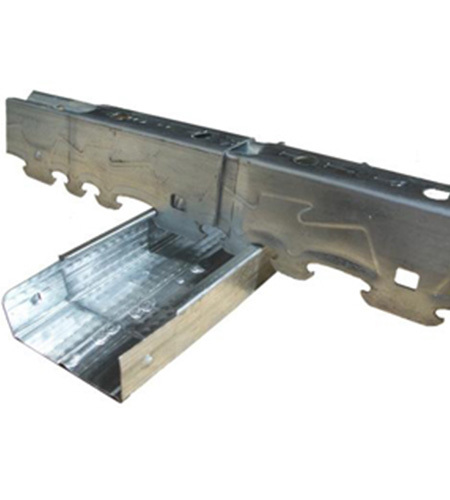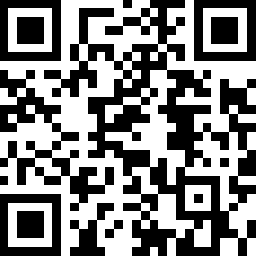Products

Lighting board
Daylighting board materials are mainly made of PP, PC, PET, APET, or PVC materials.
keywords:
Lighting board
Category:
Lighting board

Hotline:
- Detail
- Product Details
- Parameter
-
- Commodity name: Lighting board
- Commodity ID: 1051924962144509952
Daylighting board materials are mainly made of PP, PC, PET, APET, or PVC materials.
Daylighting board materials are mainly made of PP, PC, PET, APET, or PVC materials.
Common waveform 760/840/930/950/1050/1130
Common thickness: 0.8mm, 1.0mm, 1.2mm, 1.5mm, 2.0mm, 2mm
Key words:- Lighting board
-
1. PP material daylighting board is mainly used in packaging, decoration, insulation, and backing plate. It has the spirit of green environmental protection, and is very popular in Europe, America and Japan!
2. PVC material daylighting board is mainly used for packaging, decoration, insulation, daylighting, touch and pressure. It has the spirit of green environmental protection, acid and alkali resistance
3. PC daylighting board is not acid resistant, not durable, not alkali resistant, but high temperature resistant, good daylighting effect, high temperature resistance 125 ℃, low temperature resistance - 40 ℃
4. FRP glass fiber reinforced polyester daylighting board, honeycomb or solid board made of polycarbonate, etc. can be divided into glass fiber reinforced polyester daylighting board (referred to as glass fiber reinforced polyester daylighting tile) with the same waveform as the roof panel and other flat or curved daylighting boards according to the shape. It has been resistant to acid and alkali for 20 years and has been widely adopted in chemical corrosion areas. Different lighting panels have different fixing methods.
The daylighting board is fixed with aluminum profile fasteners, and the corrugated daylighting board is connected and fixed with daylighting board bracket and self-tapping screw, and then sealed with glue. The position of the daylighting board is generally set in the middle of the span.
The daylighting plate must be connected with the self-tapping screw with a cover plate. The solar panel has large cold and hot deformation and is easy to be cut by self-tapping screws. Therefore, the solar panel should have large holes at the place where self-tapping screws are punched. The flexibility of the daylighting board shall be considered when installing the daylighting board.
There is no need to overlap the daylighting plate within 12m, and it needs to be overlapped if it is more than 12m. The overlapping length is 200 - 400mm. Two layers of sealant are applied at the overlapping position. The horizontal overlap does not need to be trimmed. The overlap of the longitudinal color steel plate depends on the plate type. Ordinary profiled steel plate is generally not considered to be false edge closing. It is directly fixed with color plate with self-tapping screws and applied with sealing glue. The occluding plate needs to be edge closing. The longitudinal overlap of the daylighting board shall be set near the sandalwood strip. The conventional classification of daylighting board includes five types: economical type, weatherproof type, thermal insulation type, flame retardant type and anti-corrosion type. The common specifications of daylighting board include: 750, 840, 820, 980, 950, 900, 475, 760, and 1m - 1.2m wide flat plate, etc.
Performance and characteristics
(1) Light transmittance: The maximum light transmittance of PC board can reach 89%, which can be beautiful with glass. UV coated panels will not turn yellow when exposed to the sun, atomization and poor light transmission. After ten years, the loss of light transmission is only 6%, PVC loss rate is as high as 15% - 20%, and glass fiber loss rate is 12% - 20%.
(2) Impact resistance: the impact strength is 250-300 times of that of ordinary glass, 30 times of that of acrylic plate of the same thickness, 2-20 times of that of tempered glass, and there is no crack when it falls below two meters with a 3kg hammer. It has the reputation of "unbreakable glass" and "sound steel".
(3) Anti-ultraviolet: PC board is coated with anti-ultraviolet (UV) coating on one side and anti-condensation treatment on the other side, which integrates anti-ultraviolet, heat insulation and anti-dripping functions. It can block ultraviolet rays from passing through, and is suitable for protecting valuable works of art and exhibits from ultraviolet rays.
(4) Light weight: the specific gravity is only half of the glass, saving the cost of transportation, handling, installation and support frame.
(5) Flame retardant: the national standard GB50222-95 confirms that the PC board is Class I flame retardant, that is, Class B1. The ignition point of PC board itself is 580 ℃, and it will automatically extinguish after leaving the fire. It will not produce toxic gas during combustion and will not promote the spread of the fire.
(6) Flexibility: cold bending method can be adopted on the construction site according to the design drawing, and it can be installed into arch, semicircle roof and window. The minimum bending radius is 175 times of the thickness of the plate used, which can also be hot bending.
(7) Sound insulation: The sound insulation effect of PC board is obvious, and it has better sound insulation than glass and acrylic board of the same thickness. Under the same thickness, the sound insulation of PC board is 3-4 DB higher than that of glass. Internationally, it is the preferred material for highway noise barrier.
(8) Energy conservation: keep cool in summer and keep warm in winter. The thermal conductivity (K value) of PC board is lower than that of ordinary glass and other plastics. The thermal insulation effect is 7% - 25% higher than that of the same glass. The thermal insulation of PC board is up to 49%. Thus, the heat loss is greatly reduced, and it is used for buildings with heating equipment, which is an environmental protection material.
(9) Temperature adaptability: PC board does not have cold brittleness at - 100 ℃, does not soften at 135 ℃, and has no obvious changes in mechanical and mechanical properties in harsh environment.
(10) Weather resistance: PC board can maintain the stability of various physical indicators in the range of - 40 ℃ to 120 ℃. After 4000 hours of artificial climate aging test, the yellowing degree was 2, and the transmittance decreased by only 0.6%.
(11) Anti-condensation: when the outdoor temperature is 0 ℃, the indoor temperature is 23 ℃, and the indoor relative humidity is lower than 80%, the internal surface of the material will not be dewed.
-
Related products
Online Message
*Note: Please fill in the information accurately and keep the communication unblocked. We will contact you as soon as possible




